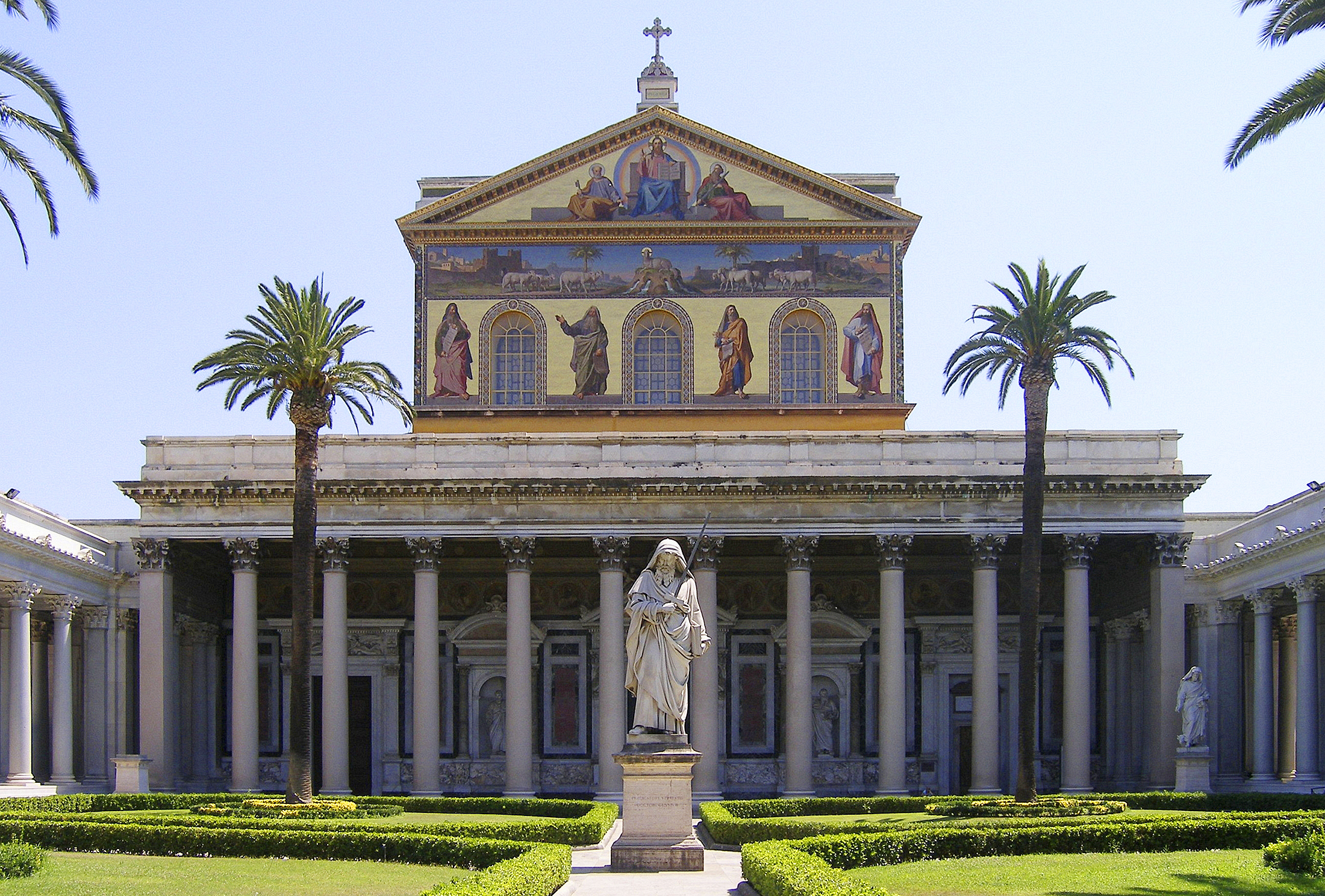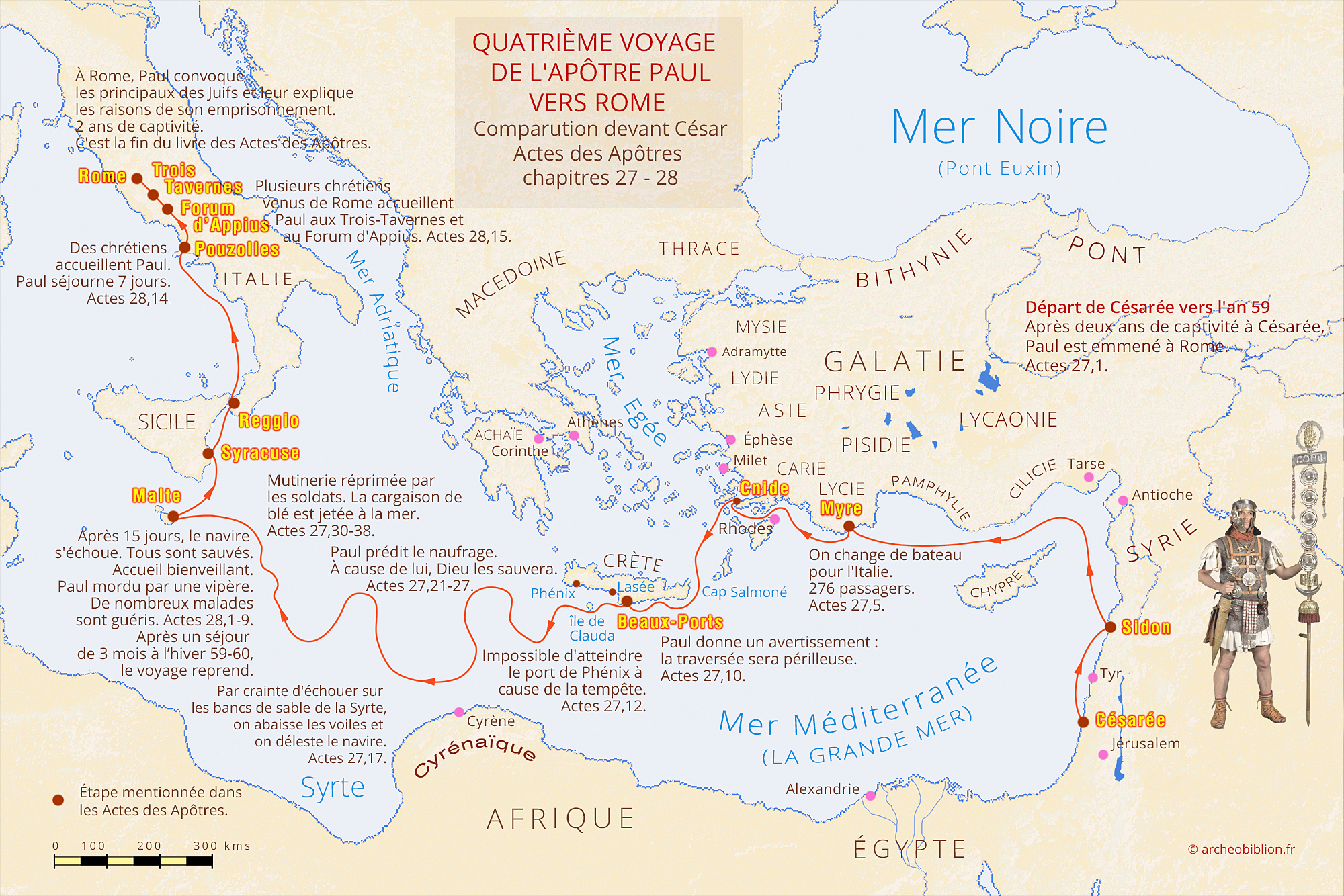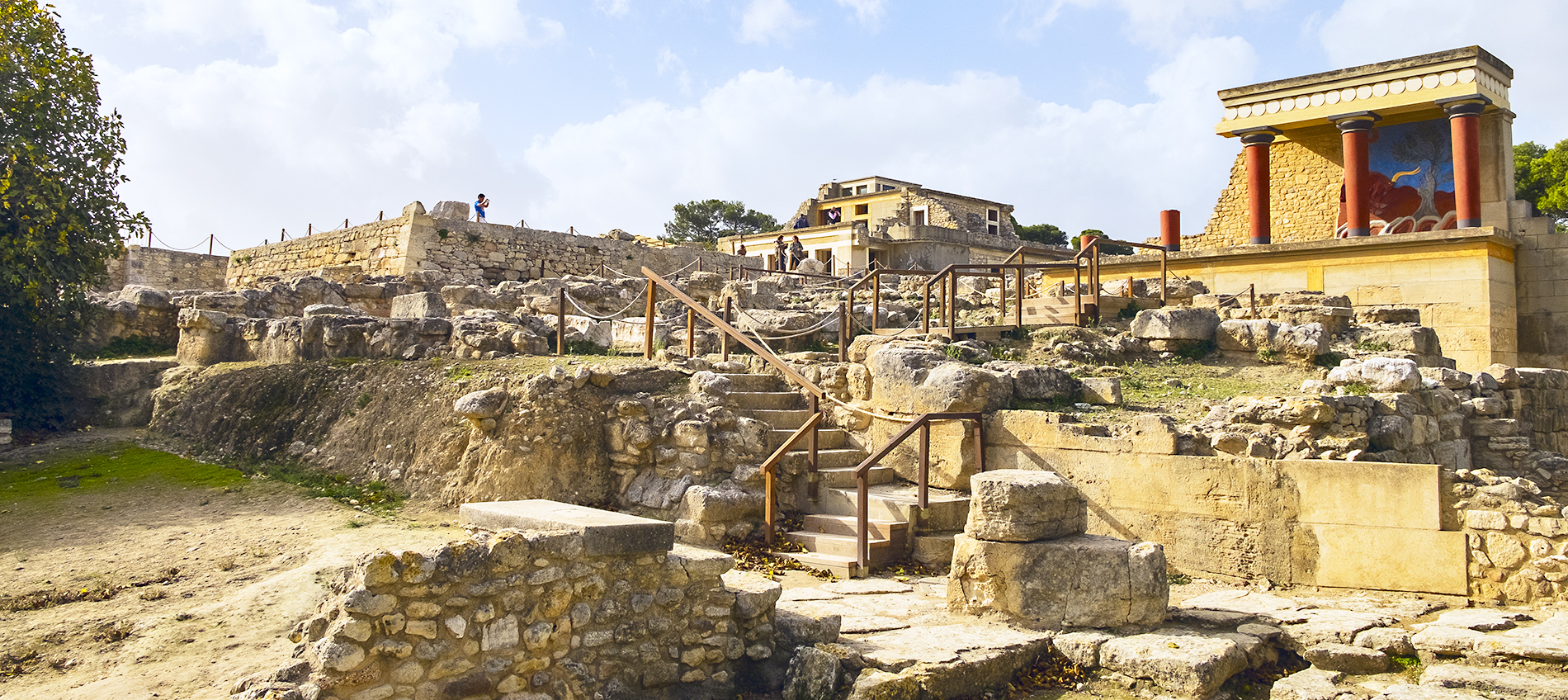
Bible, History, Archaeology
Bible,
History,
Archaeology
The apostle Paul's fourth journey
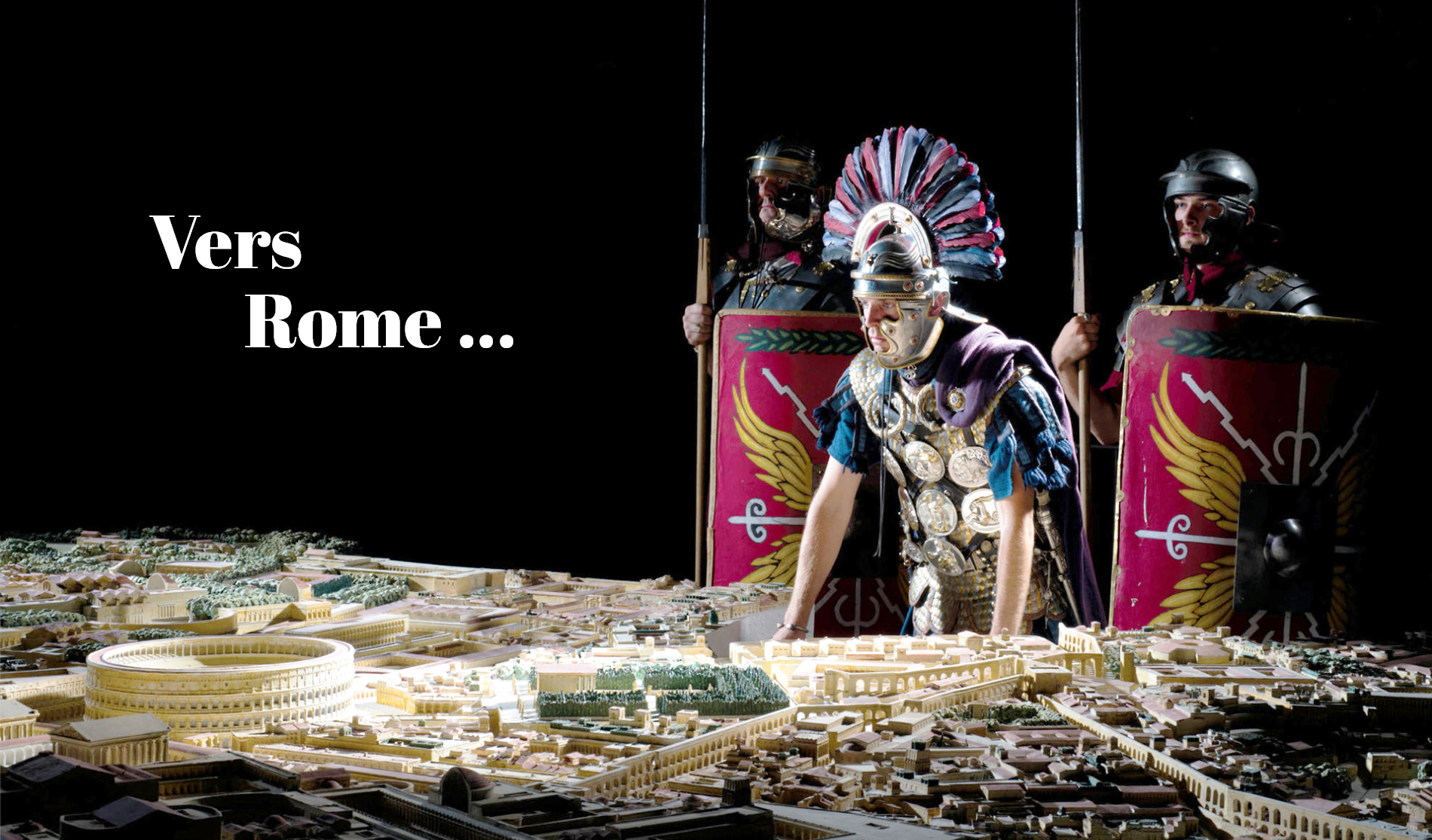
Model of ancient Rome on display at Musée Art & Histoire, Parc du Centenaire 10 - 1000 Brussels (Belgium).
To view the map, click on the image
Introduction

Paul, visiting Jerusalem, was attacked by Jews who stirred up the crowd against him, accusing him of profaning the Temple by bringing in pagans. He was almost lynched (Acts 21,27-36) and escapes the mob and torture only because he is a Roman citizen. He appears before the Sanhedrin, who argue about him. The tribune, warned by Paul's nephew that some Jews had sworn to kill him, had him transferred under escort to Caesarea that very night (Acts 23, 12-24). The procurator Felix summons Paul and his accusers, but without passing judgment. Paul remains in prison for two years.
Image opposite: from top to bottom, coin (prutah) of procurator Antonius Felix (Acts 24:24). Private collection © Marc Truschel.
Obverse: IOY / ΛIA AΓ / PIΠΠI / NA in four lines within a wreath.
Reverse: TI [KΛA] YΔIOC KAIC [A] P ΓEPM, crossed palm branches; date (L IΔ). RPC 4970; Hendin 1347.
Bottom image: the coinage (prutah) of procurator Portius Festus, Felix's successor (Acts 24,27). Private collection © Marc Truschel.
Reverse: NEP / ωNO / C in three lines within a wreath.
Obverse: KAI [C]-APOC (retrograde), palm branch; in the right field, date (L E). Hendin 1351 c-d; TJC 345.
On the arrival of the new procurator Festus (in 60), Paul was again brought before King Agrippa and Berenice. But to avoid being sent back to Jerusalem, Paul appealed to the emperor's court, as his status as a Roman citizen entitled him to do.
During the transfer to Rome by boat, Paul, a prisoner, is accompanied by Luke, who will leave an unforgettable account of this eventful crossing (Acts 27-28). All goes well as far as Crete, where we arrive shortly before the end of navigation (from November 11 to March 10, the sea, too dangerous, is «closed»). Paul, made cautious by three previous shipwrecks, advises wintering on the island; but he is not listened to. Shortly after rounding Crete, a strong north-easterly wind picks up and drives the boat southwards. For fourteen days we drifted in a storm, and finally ran aground off the island of Malta. Thanks to Paul's cool-headedness, all 276 passengers, sailors, prisoners and soldiers arrived safe and sound.
In the spring of 61, the last stage of the crossing, to Pouzolles, from where he reached Rome via Appia. While awaiting trial, Paul stayed there for two years, always guarded by a soldier, in a house he had rented where he could receive guests and teach. He wrote to the churches in Colosse and Ephesus. It was then that he led Onesimus, a runaway slave, to conversion, and sent him back to his master Philemon.
The ruins of Knossos Palace. This is the most important of the Cretan Minoan palaces, discovered in 1878. Associated with the legend of King Minos' palace and its labyrinth, the site, occupied since 7000 BC, was the capital of Crete during the Minoan period. MikhailBerkut.
The end of the apostle Paul's life
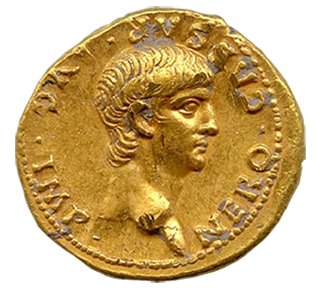
Image opposite The coin, called aureus - a gold coin in ancient Rome - bears on the obverse a portrait of Nero and an inscription: NERO CAESAR AVG IMP: Nero Caesar Augustus Imperator. © University of North Carolina.
Nero unleashed a persecution against the Christians of Rome. Paul was arrested again, and it was in 67 (according to Eusebius) or 68 (according to Jerome of Stridon) that he suffered martyrdom on the road to Ostia (he was buried later - in the 4th century - probably under the present-day Basilica of St. Paul Outside the Walls).
The Basilica of Saint Paul Outside the Walls
Following authorization from the Vatican, archaeological excavations were carried out over a period of around four years, uncovering a sarcophagus.
On December 12, 2006, Cardinal Andrea Cordero Lanza di Montezemolo, Archpriest of the Basilica (image opposite). He showed the journalists present various photos taken by the archaeologists, one of which appears to be the lid of the sarcophagus bearing the Latin inscription »PAULO APOSTOLOMART»: Paul the apostle martyr.
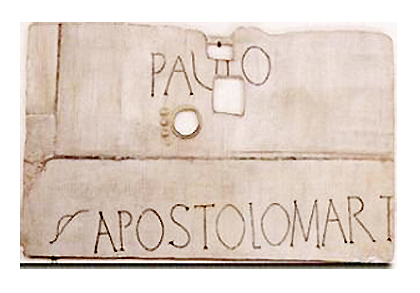
(image opposite).
No authorization has been granted to open the sarcophagus.
Links to the apostle Paul's other journeys:
The apostle Paul's first missionary journey →
